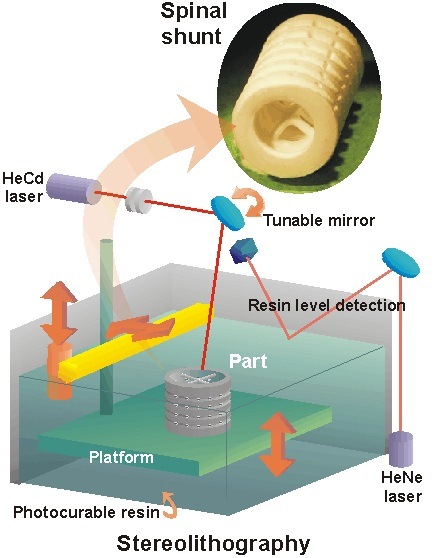1. Receive estimate product drawing and data from customer and R&D.
2. Mold design review by all Mold designer.
3. Issue mold Design Review Sheet to PPC and Machining department.
4. Check product drawing and data (check surface data, undercuts[have or not], surface error[have or not].
5. Fix Numerical Control Start Point(NCSP) and input shrinkage by Catia or other CAD packages.
6. Reverse parting line, check point from CAM, or compare with Design Data.
7. Make Mold concept drawing.
8. Join in estimate meeting with concern people.
9. Make mold base drawing, part list, issue to PPC for order.
10. Receive new product drawing and product data from customer and R&D.
11. Check product drawing and repeat 3, 4, 5 steps.
12. Update drawing in CAD software:
Ø Project View .
Ø Section view.
Ø Decide injection Pin position.
Ø Core cooling design.
Ø Separate core part details.
Ø Details of 2D electrodes.
Ø Detail ejector plates.
13. Join new mold meeting.
14. Issue complete drawing to concern personnel.
15. Issue 100% part list and 100% parts.
16. Make mold data check sheet and then give to machining and PPC department.
17. Follow all schedule as per manufacturing schedule.
18. Go to trial with PPC and finishing personnel.

